No products in the cart.
Blog, tartar bread plant (Crambe tataria)
Tatar Bread Plant: Seedling Variation
I have been working with Tartar Bread Plant (Crambe tataria) for a few years. In my opinion, it has great potential as a sort of perennial mustard green. I think perennial leaf crops are highly desirable; they often provide an earlier harvest than seed grown crops and can be a substantial labor savings. Not much is written about this plant and much of what is available is uncertain. For example, it is unclear whether C. tataria is diploid, tetraploid, or contains populations of both. Based on my initial results, I suspect that it is polyploid. I collected five different accessions and made a mass cross. I am growing sixty seedlings from that cross this year and have much greater variation than was seen in the parents, which are similar overall in form to sea kale. (They differ in leaf thickness, flavor, and seed size, but otherwise look very similar.)
The seedlings are about half similar to the parent types, with large, smooth, shallowly lobed leaves. The others show a variety of traits not present in the parents, such as leaf hairs and severely lobed leaves. Most of these traits are not desirable for a leaf crop, but it is interesting to see how much variability was masked in the parents. The parents had thicker leaves than many of the seedlings. Thinner leaves are probably a positive development, as many people find thicker leaves too tough for salad use.
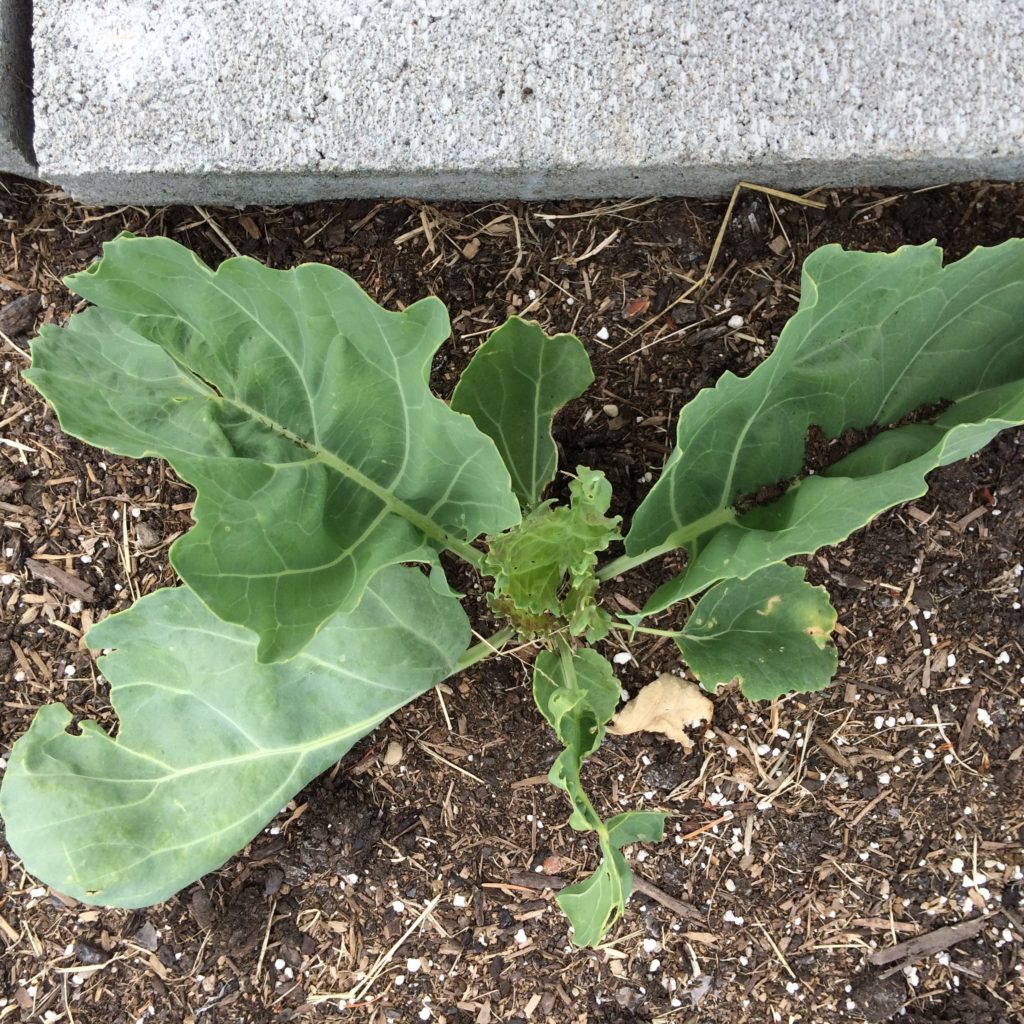 |
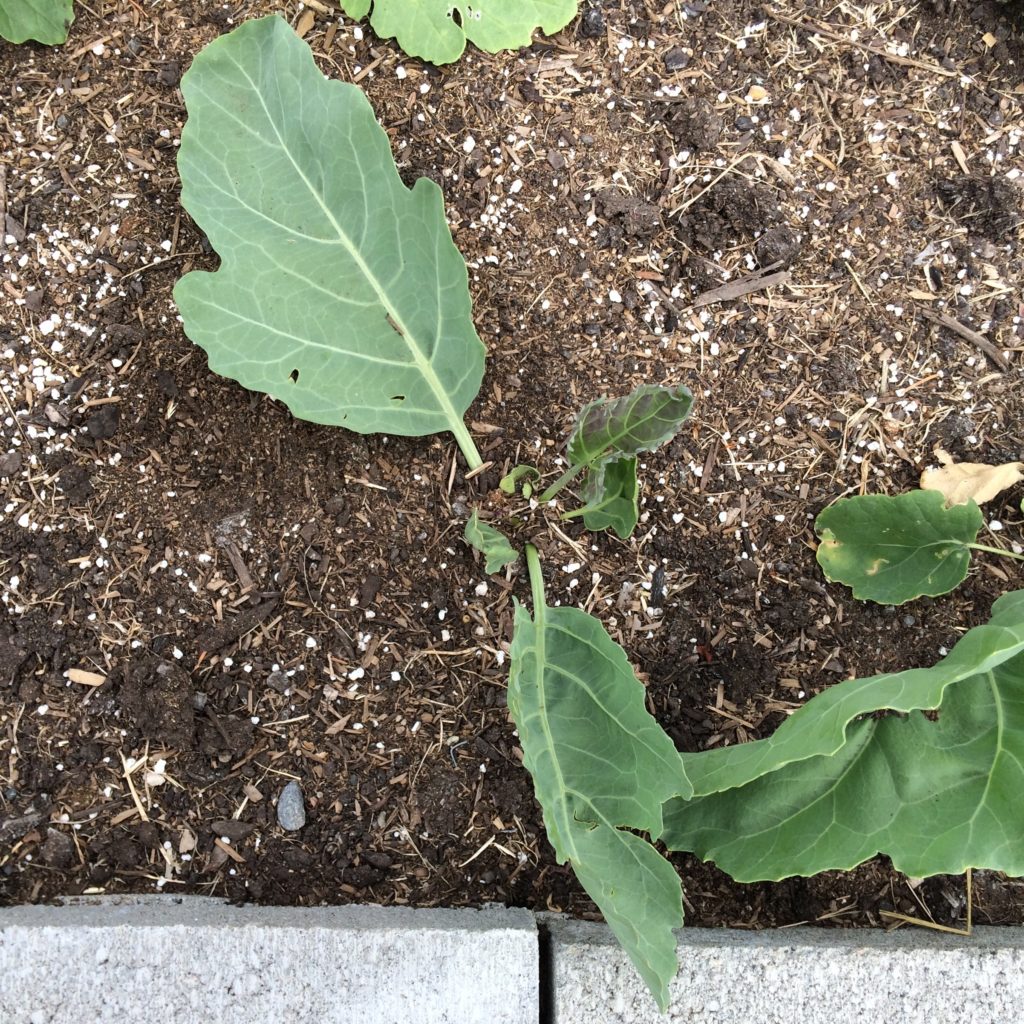 |
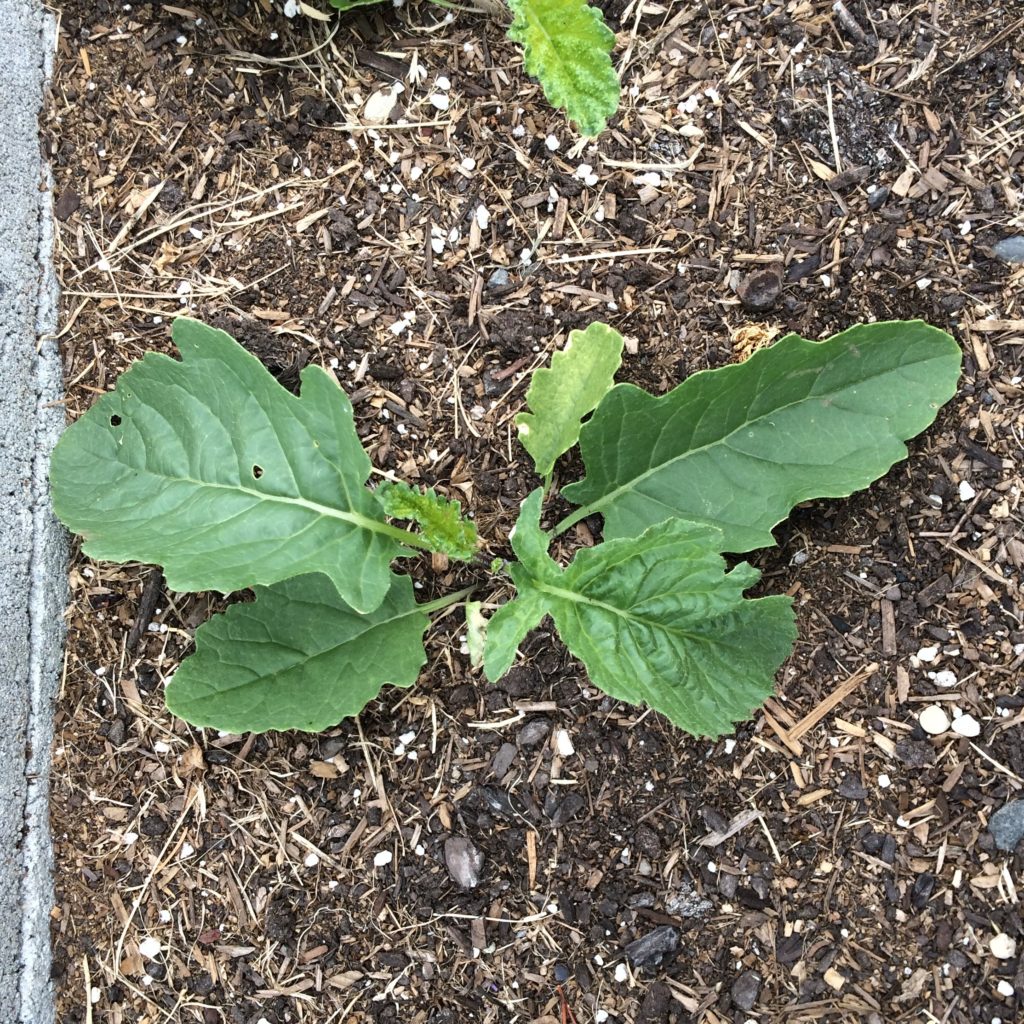 |
| These seedlings are similar to the parents, with large, smooth, minimally lobed, and thicker leaves. | ||
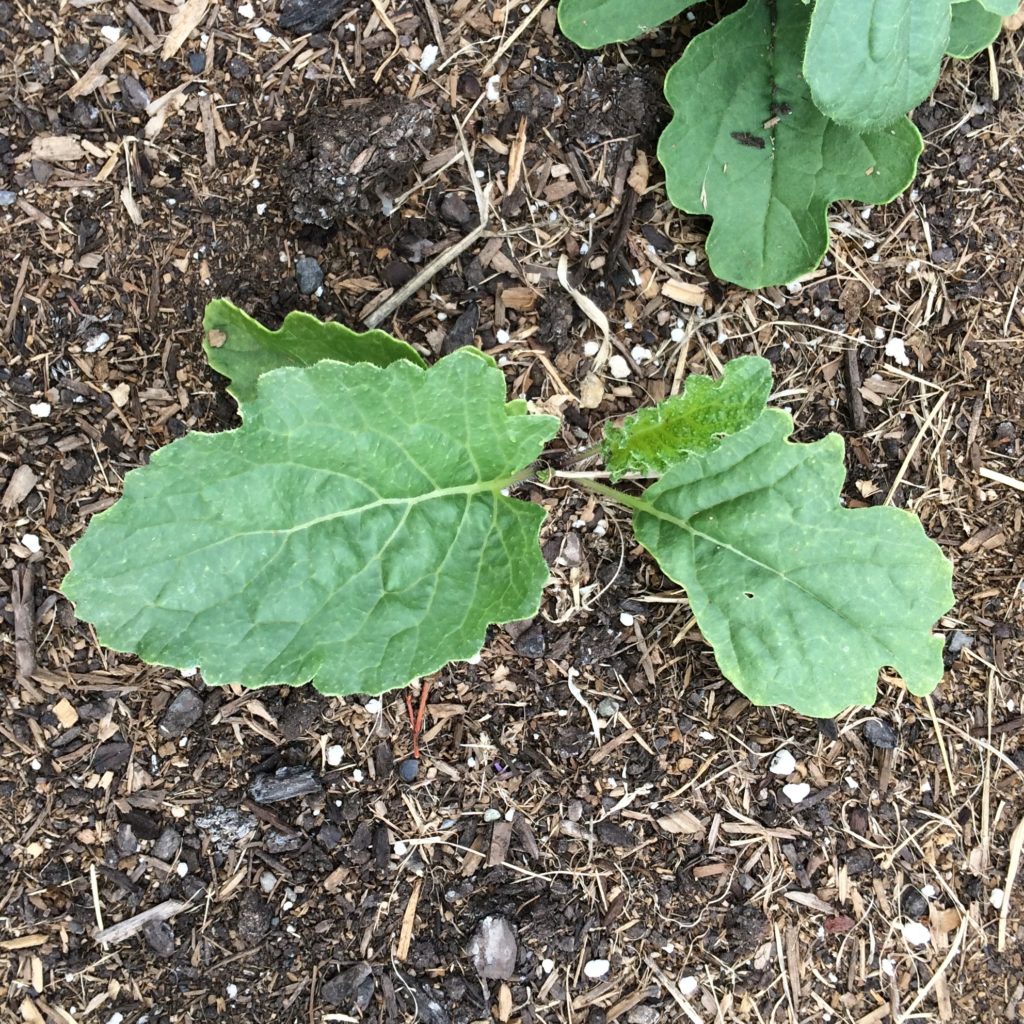 |
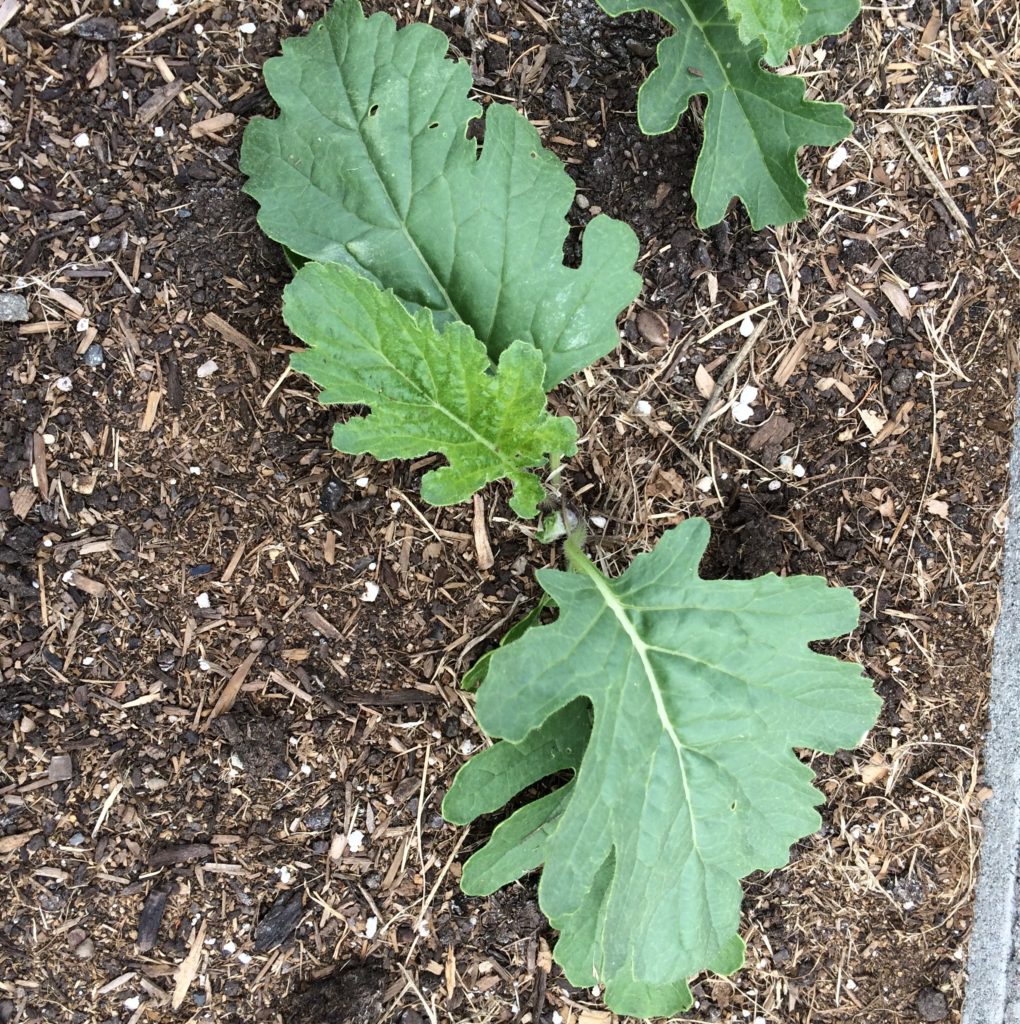 |
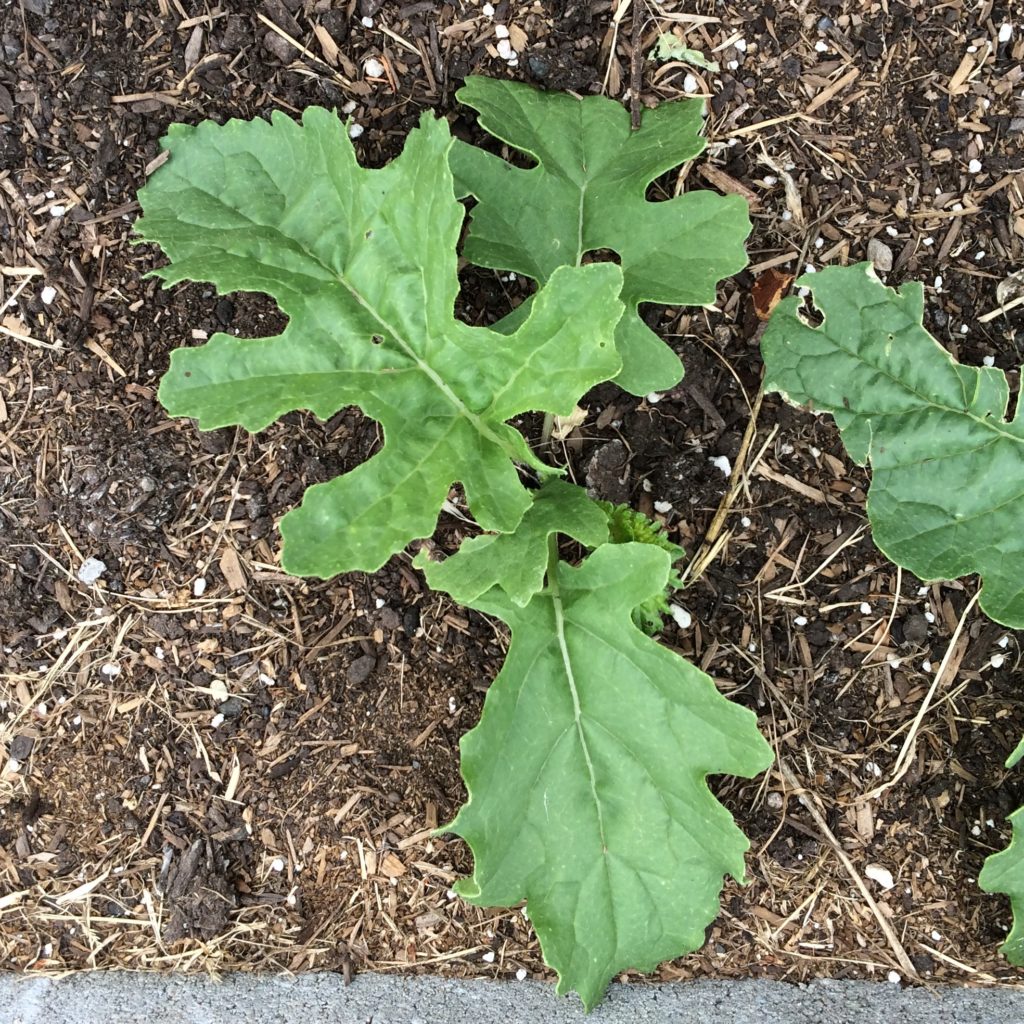 |
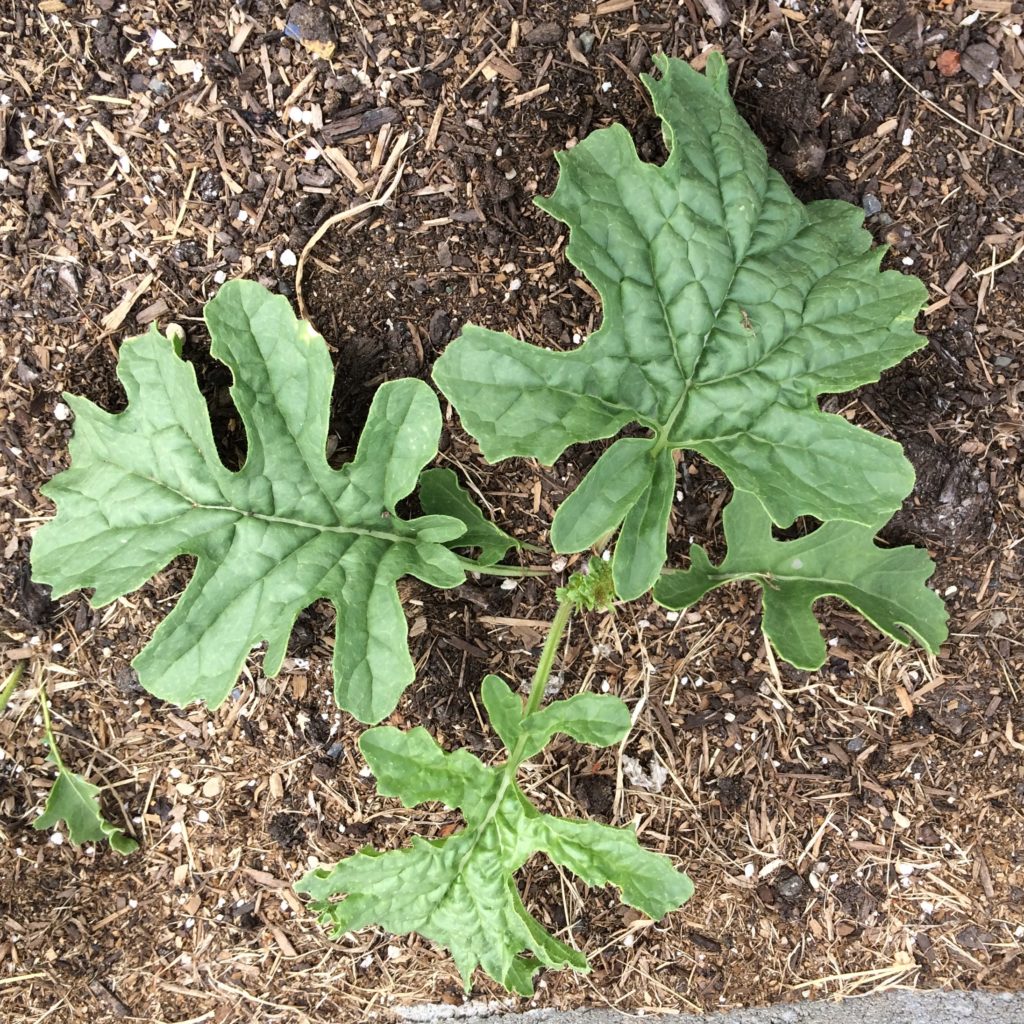 |
| These are more intermediate types. The two on the left have thicker leaves and the two on the right are thinner. The thinner leaves are more crinkled. | |||
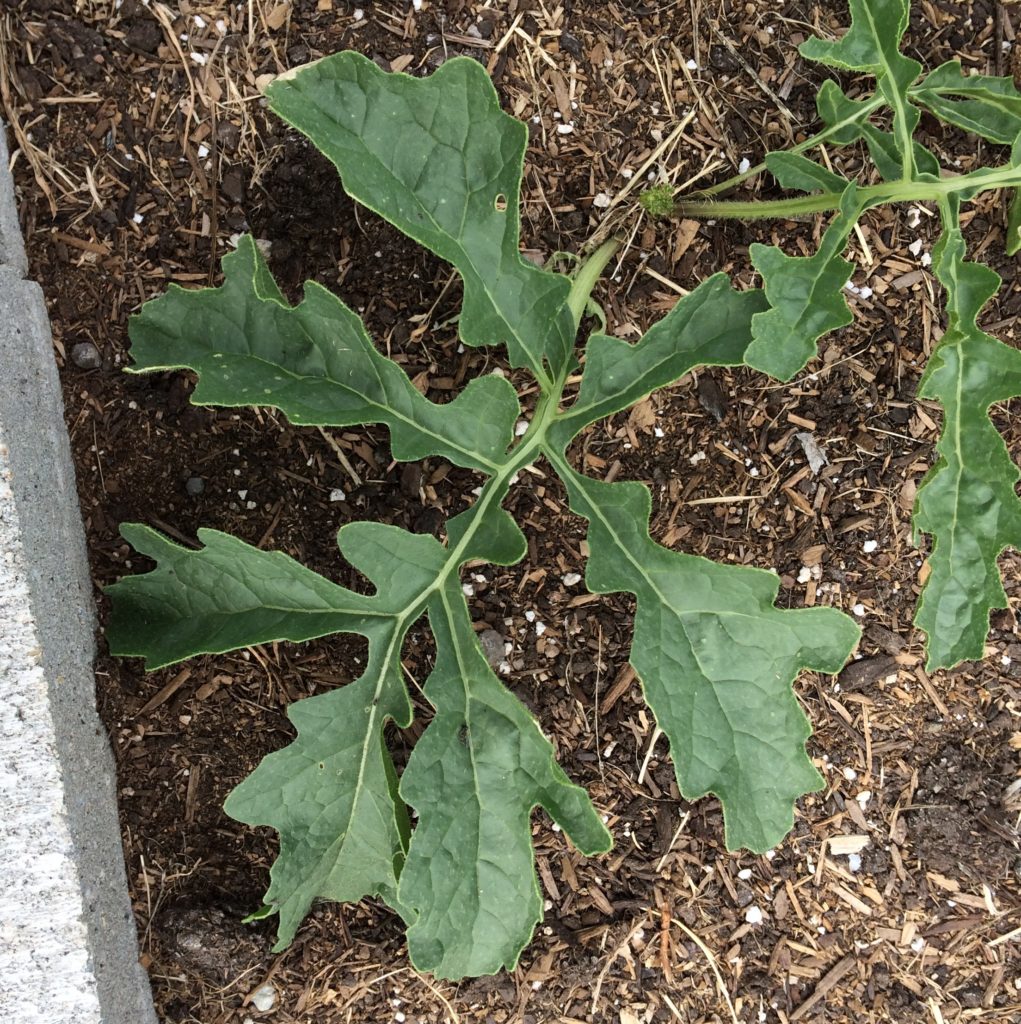 |
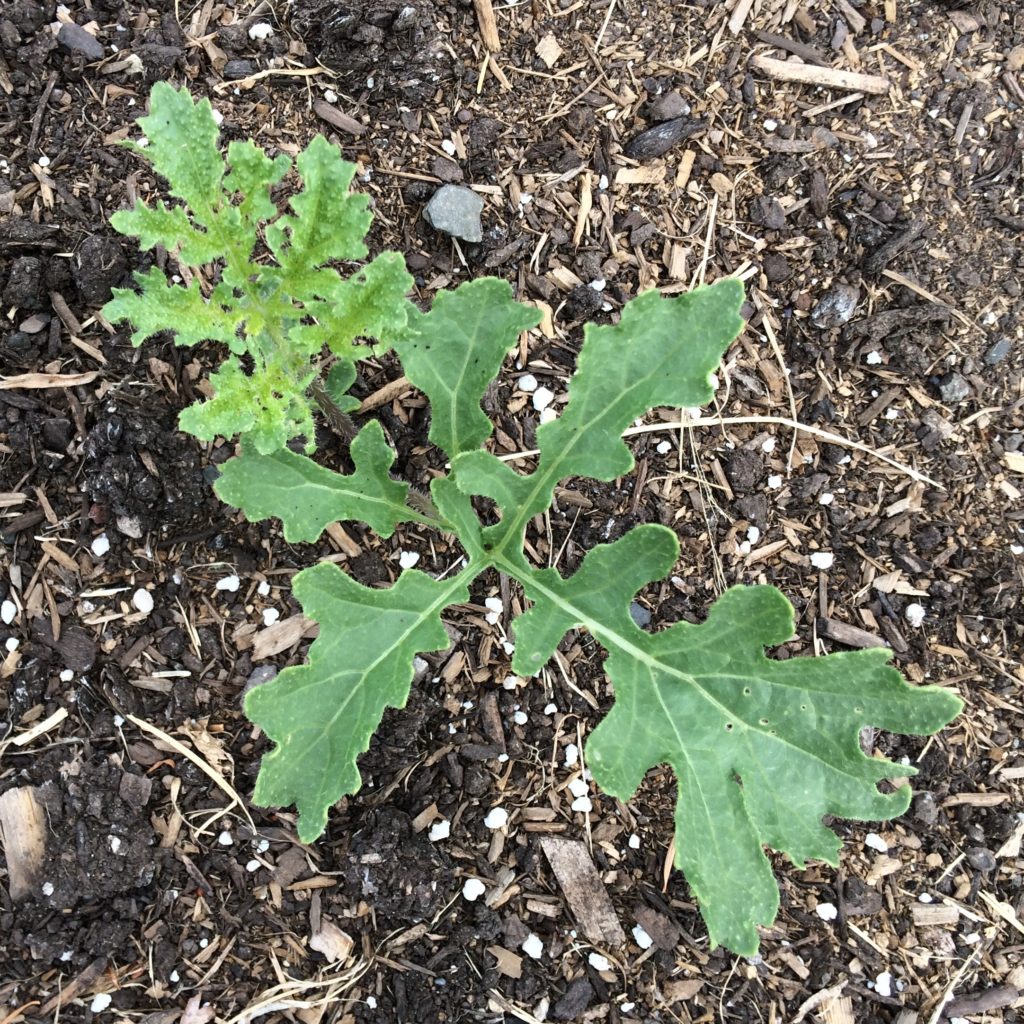 |
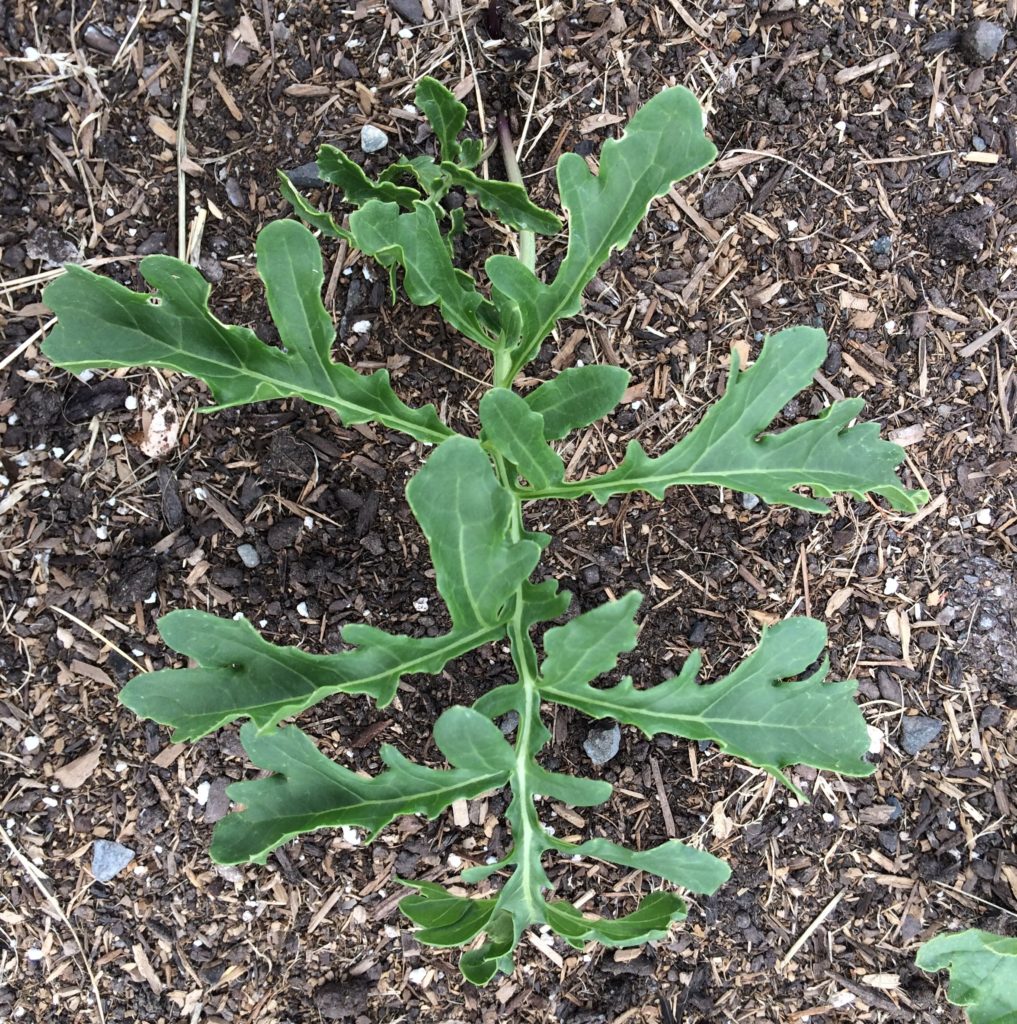 |
| These seedlings are deeply lobed, some almost skeletal. Probably not ideal for a leaf crop. Their new growth tends to have a lot of leaf hairs. | ||
There are other possible reasons that so much diversity has shown up in this batch. I have little faith in the ID of the accessions that I started with. Some may be C. orientalis. Almost none of the parents have roots that taste the way C. tataria is usually described (sweet and mild). Many of them cannot be conclusively placed in C. tataria or C. orientalis according to the Crambe key. There might well be interspecies hybrids in the mix, either created in my cross or included in these accessions from the beginning. Although I don’t grow them near to each other, it is also possible that some C. maritima or C. cordifolia pollen could have gotten into the mix. I have found no information about inter-species crosses in Crambe and it is possible that they might cross easily. I’ll have to do some test crosses in the future to see how compatible they are.
None of these have been taste tested yet. They will probably be large enough for that later in the growing season. Assuming that flavor is good, I will likely focus on the moderately lobed, thinner leaved types for the next generation.
